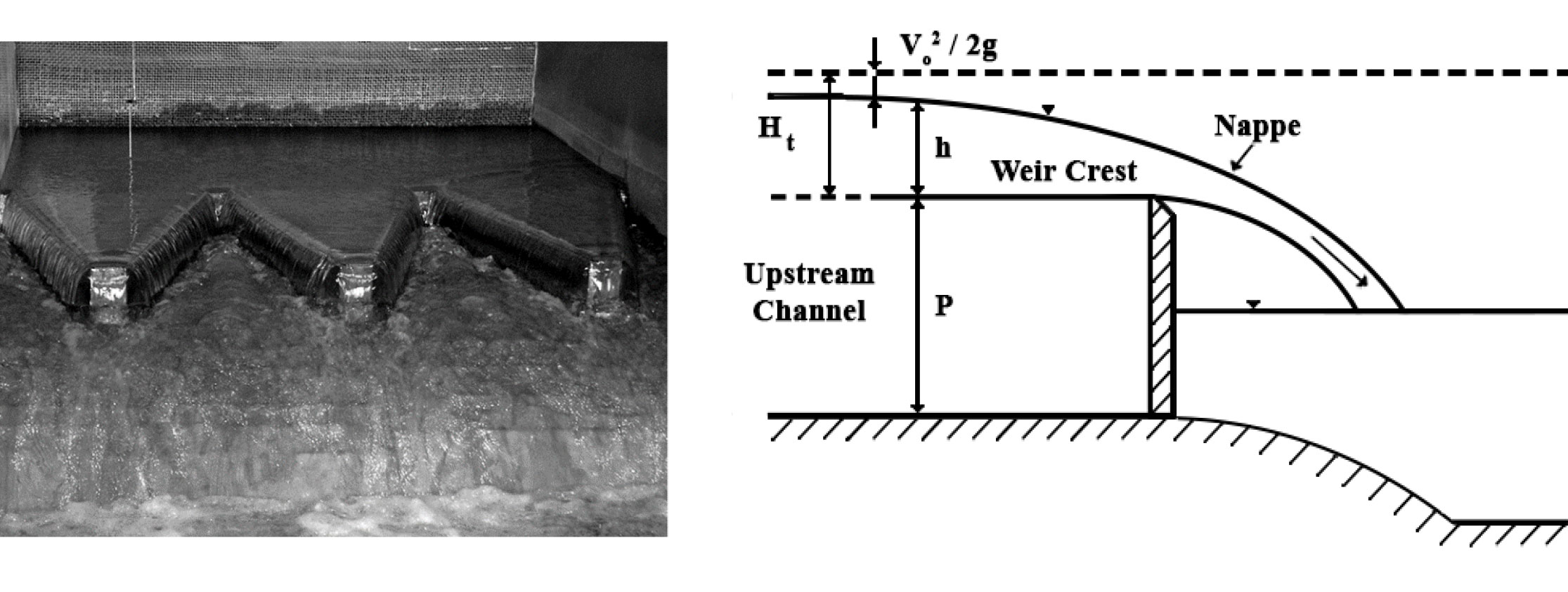Civil engineering researchers receive ASCE Best Paper for study of labyrinth weirs
A pair of Wayne State University researchers recently co-authored a study that received a 2020 Best Paper Award from the American Society of Civil Engineers. The paper, "Experimental and CFD Analysis of Circular Labyrinth Weirs," was recognized with the top honor in the Journal of Irrigation and Drainage Engineering.
Weirs are structures built across rivers to raise the upstream water level in order to prevent flooding, make rivers more easily navigable or regulate water flow. In Michigan - a state in which one is never more than six miles from a body of water - there are numerous weirs holding back lakes that measure deeper than 20 feet.
"The design of weirs requires keen understanding of the most fundamental concepts we learn in civil and environmental engineering, including statics and dynamics, fluid pressure, energy concepts and differential equations," said Professor Carol Miller, who collaborated with Omer Bilhan, a visiting scholar working with the Healthy Urban Waters research group. "While some of the best and most complex weirs in nature are built by water-loving animals, civil engineers design and build weirs of much greater scale."

The group's paper detailed the use of a specific type of weir that employs a labyrinth structure, which often presents high efficiency in areas where the spillway width is limited. However, negative effects such as noise and vibration can occur when the nappe - a sheet of water that flows over the weir - clings to the downstream surface of the structure due to subatmospheric pressures.
Using 3D modeling and numerical simulations, the team analyzed performance data for circular labyrinth weirs equipped with nappe breakers, apparatuses used to limit vibrations that can cause structural instability. Results indicated positive outcomes through the use of these breakers.
Other collaborators on the paper included Cihan Aydin, assistant professor of civil engineering at Bitlis Eren University, and Emin Emiroglu, professor of civil engineering at Firat University. Bilhan is currently an assistant professor of civil engineering at Nevsehir University. All three institutions are located in Turkey.